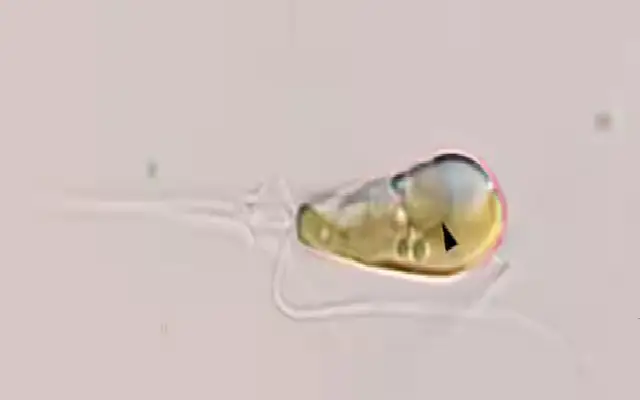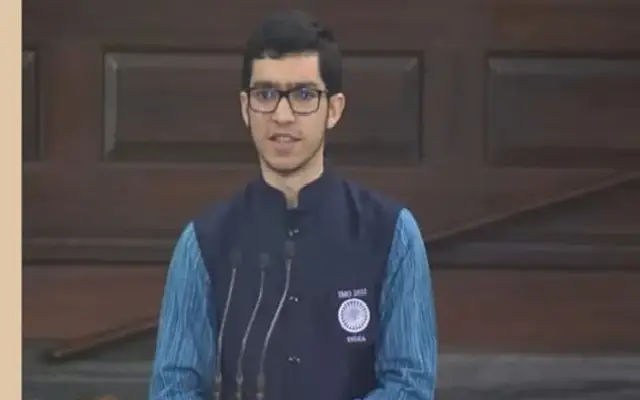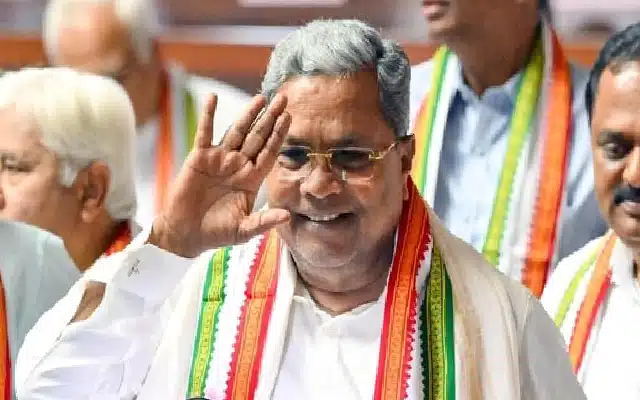India is a country with a population of 1.28 billion people. It is expected to be one of the future superpowers of the world with a rising middle class and higher disposable incomes.  Statistics belie these assumptions. The GDP of India today is 2.18 trillion USD which translates into a per capita income of USD 1703.12. But this is a misleading figure as the top 10% of India’s population account for 76% of the country’s income. This means that 90% of India’s population gets the remaining 24% of the income which in turn translates into a per capita income of USD 454.16. This astonishing figure never gets reflected anywhere in our public discourse.
Statistics belie these assumptions. The GDP of India today is 2.18 trillion USD which translates into a per capita income of USD 1703.12. But this is a misleading figure as the top 10% of India’s population account for 76% of the country’s income. This means that 90% of India’s population gets the remaining 24% of the income which in turn translates into a per capita income of USD 454.16. This astonishing figure never gets reflected anywhere in our public discourse.
The latter figure provides us with a true picture of the spending capacity of most Indians. It also means that most cannot afford the high quality healthcare provided by India’s corporate and private hospitals. But then why are the healthcare costs so exorbitant? The answer lies in the economics concept of demand and supply of public health facilities and healthcare professionals – the demand outstrips the supply.
Why so? The answer lies in the inadequacy of medical colleges in India. The Medical Council of India (MCI) puts the figure at 412, and these colleges, produce 52325 MBBS graduates every year. This supply chain does not meet the World Health Organization (WHO) requirement of 1 doctor per 1000 people. In India this ratio is 1 doctor per 1700 people which means that India qualifies as a country with critical shortage of doctors.
Incidentally, these 412 medical colleges are not spread out evenly across the country or even a state. For example, Dakshina Kannada District in Karnataka alone accounts for 7 medical colleges , while Thane district in Maharashtra accounts for 4 medical colleges whereas districts like Koderma, Lohardanga , East Singhbhum in Jharkhand , districts like Bageshwar, Pithorgarh ,Udhamsingh Nagar in Uttarakhand to name a few have none. In fact some states like Arunachal Pradesh and Nagaland have no medical colleges at all. In all there are 683 districts in India in total but more than 400 of these districts have no medical college. The limited number and uneven distribution of Meical Colleges, paves the way for exploitation.
The case of Medical specialists is even more tragic. Only 1/5th of the seats or around 10500 seats are available for post Graduation in Medicine. When broken up into individual specialties’, they are even fewer. This has instituted a system whereby Medical graduates pay a huge amount in what they call ‘capitation fee’ for a seat and subsequently try to cover the money invested, by charging huge sums when they practice, which they can do only in urban areas. The rural areas are neglected in this scenario too.
What can be done?
Increase supply and reduce costs
A start has to be made by increasing the number of health care professionals, beginning with efforts being made to set up at least 2 Medical Colleges in each district either by public investment or through public private partnership is the key. This would add around 1336 colleges to the pool and increase the no of doctors 2.5 times.
However this would need a huge investment and this investment can be met through FDI, public private partnerships and BOT systems with adequate guidelines to cover eventualities. Important though in this scenario, is the regulatory structure to avoid abuse.
Due to the seat crunch in post graduate courses, and perhaps the reduced cost, an increasing number of medical graduates are going abroad to Asian countries for their post graduation, but when they return, they have to go through a certification process before they can practice. Perhaps it is time to remove this hurdle after a thorough assessment to increase the supply of Medical professionals in the country.
Competition and increased supply can in due course bring down the cost of services and provide a fillip to the economy in locations where the colleges are set up. A case in point is the coastal town of Manipal in Karnataka. Medical tourism, already a money spinner for country, will also receive a boost.
Rural services
However if citizens of rural areas are to benefit, Rural service during internship must and can be made compulsory across the country. Karnataka has already shown the way in this regard. Another out of the box idea worth considering would be an annual one month compulsory rural practice for all doctors through governmental deployment. This would obviously have to be linked to the license to practice and would face monumental resistance. But, if the resistance can be overcome through dialogue and persuasion, it would be beneficial to Indian society in the long run – They would perhaps see suffering in a new light and it would resolve the pressing rural health care needs.
Paramedical education is also big business in India. However a lot of the trained paramedics often go abroad due to a lack of opportunity and poor pay. They could be given an option to upgrade their skills through bridge courses which could help them diagnose basic health ailments and prescribe medicines and their skills could then be utilized efficiently in the government public health system.
Additionally corporate hospitals must be mandated to set up a clinic or operate at least one Primary health care centre in a rural area at their cost. Tax exemptions can be introduced which would entice them to set up such clinics, or they could do so under their corporate social responsibility (CSR) programs.
With technology, both wireless and medical expanding rapidly, virtual hospitals too, can and must be extended to rural areas.
Insurance
Medical insurance is another area which the government can and must address, especially with about 80% of the population, specifically those in the rural areas unable to access high quality medical care due to high costs. There is an opportunity to do this with the advent and increasing acceptability of the AADHAR card and the Jan Dhan Yojana schemes. Obviously there is need to subsidize the insurance schemes which perhaps can be done through a cess on service tax or any other tax, much as has been done in the case of a Swacch Bharat. Alternatively a Re 1/-charge on mobile billings, railway bookings, flight bookings, fuel purchases and other items of mass consumption including on legal addictives like tobacco and alcohol, would rake in quite a bit, certainly enough to subsidize health care substantially.
Generics
Pharma profits depend on brands and patents and are big business. The proposed merger of Pfizer and Allergan last week, indicate just how big. However branding leads to higher prices. No doubt, a lot of money is spent on research before a medicine comes into the market and companies would like to reap the benefit. However regulatory controls must limit that benefit in the larger interests of the citizens, most of whom cannot afford the latest and most effective drugs for terminal and chronic illnesses.
Generic prescriptions and pharmacies are the key. The Central government has already initiated a scheme in this regard and it is slowly picking up in states like Karnataka which is proactive on the health care front. The franchise route can easily be used for this purpose.
A country like Cuba has been able to provide universal healthcare access to its citizens even though they faced sanctions from United States of America (US). Why not us? The need of the hour is radical innovation, reforms and a can do attitude to be a superpower in this field.
![]()
About the Author: Jeevan is an MBA by education with an interest in innovation and social issues
Disclaimer: The opinions expressed within this article are the personal opinions of the author. The facts and opinions appearing in the article do not reflect the views of Newskarnataka.com and Newskarnataka.com does not assume any responsibility or liability for the same
















